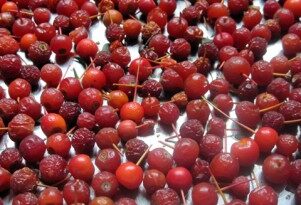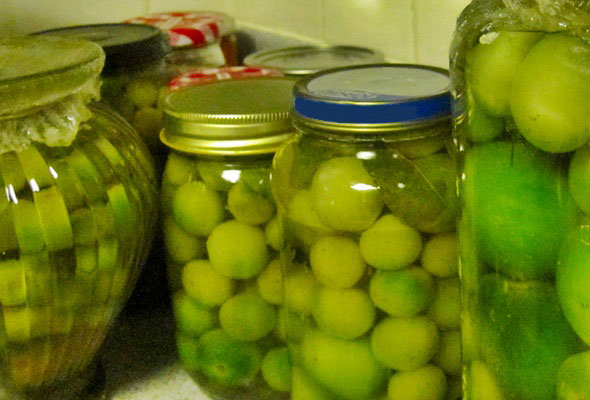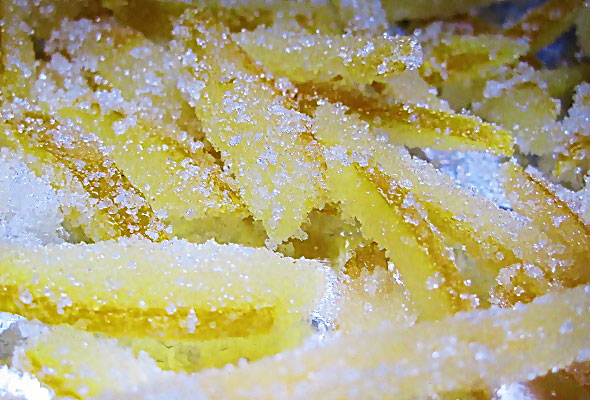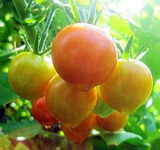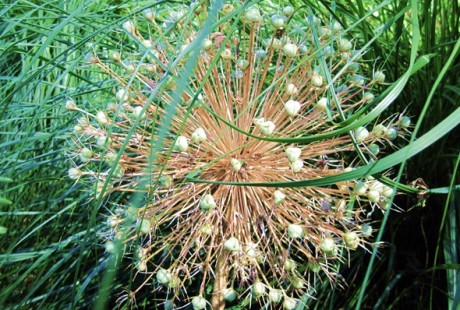Texture
Garden design relies on color harmony, scale, fragrance and texture.
Professional landscapers never overlook the last element, which is often the special ingredient which makes famous gardens enchanting.
Texture comes from many sources.
First, plants with lacy and spiky foliage, like ferns, astilbe, cosmos, delphiniums, ice plant: those are the usual go to choices for garden texture.
Next, large plants with spiky or unusual leaves, often placed like sculptures with plenty of space around them, to make a statement. Good examples would be tall colorful pampas grasses, yuccas, or dark elephant ears.
Low growing carpets – manicured lawns, succulents in rock garden plantings or walkable ground covers like thyme or chamomile, sprinkled between flagstones, to create background texture.
Their smooth features provide the negative space needed to bring dramatic specimens into focus.
Rounded boxwood topiaries or soft moss growing on round river stones add whimsical charm and surprise to the landscape.
Last but not least, plants with fuzzy leaves or seed heads, like clematis, asters, lamb’s ears or chenille grasses, work double duty to bring color and texture to the garden.




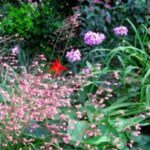 Previous Post
Previous Post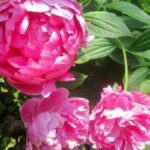 Next Post
Next Post
